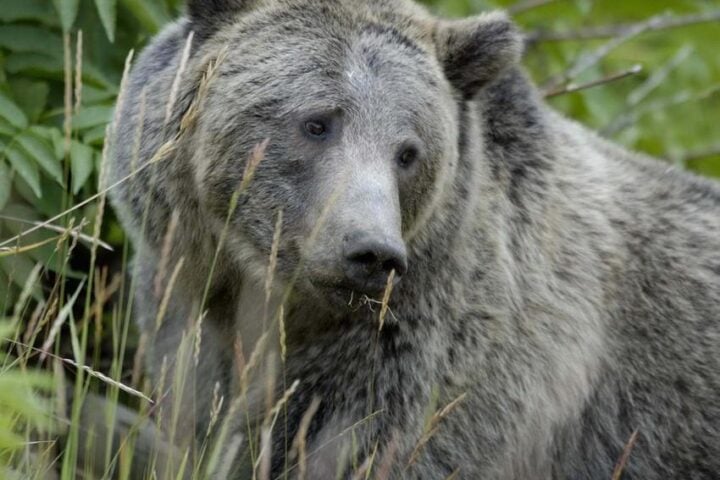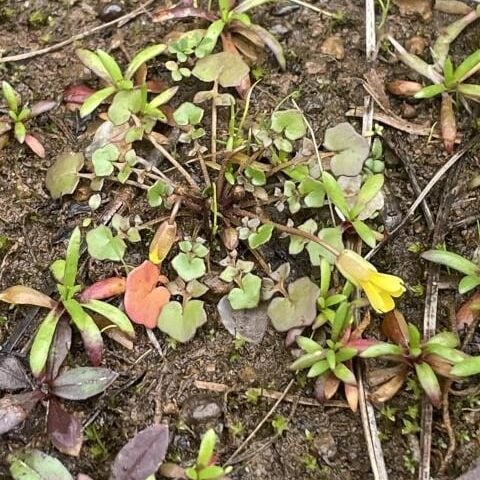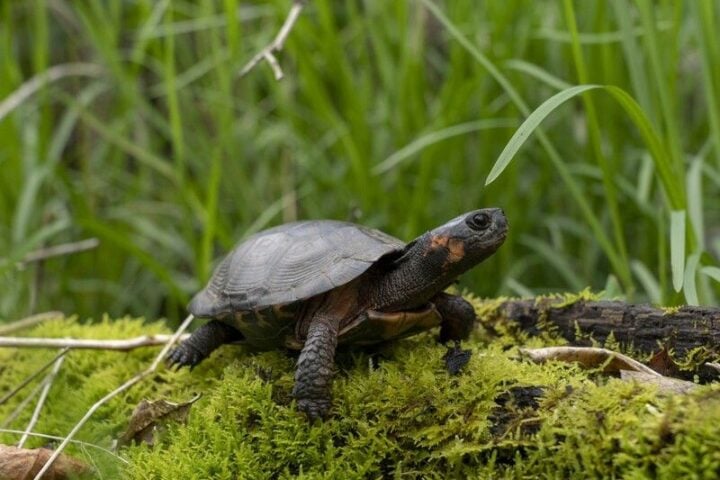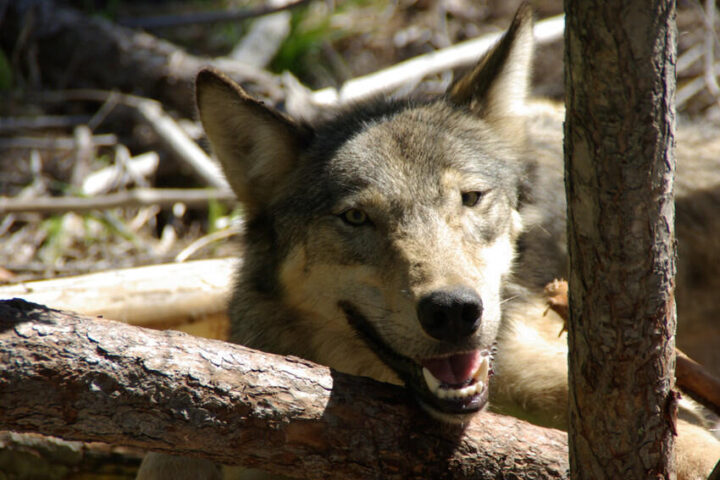A moth just a few millimetres long has stirred up big concerns in Scotland’s mountains. Scientists have just found the Highland nymph moth for the first time in 20 years, and the news isn’t good – only 30 to 40 moths remain.
This small brown moth, which gets its nickname “Alpine coffee moth” from its cappuccino-colored wings, needs mountain willow trees to survive. The caterpillars consume the inside of willow leaves, making these trees essential for the moth’s survival.
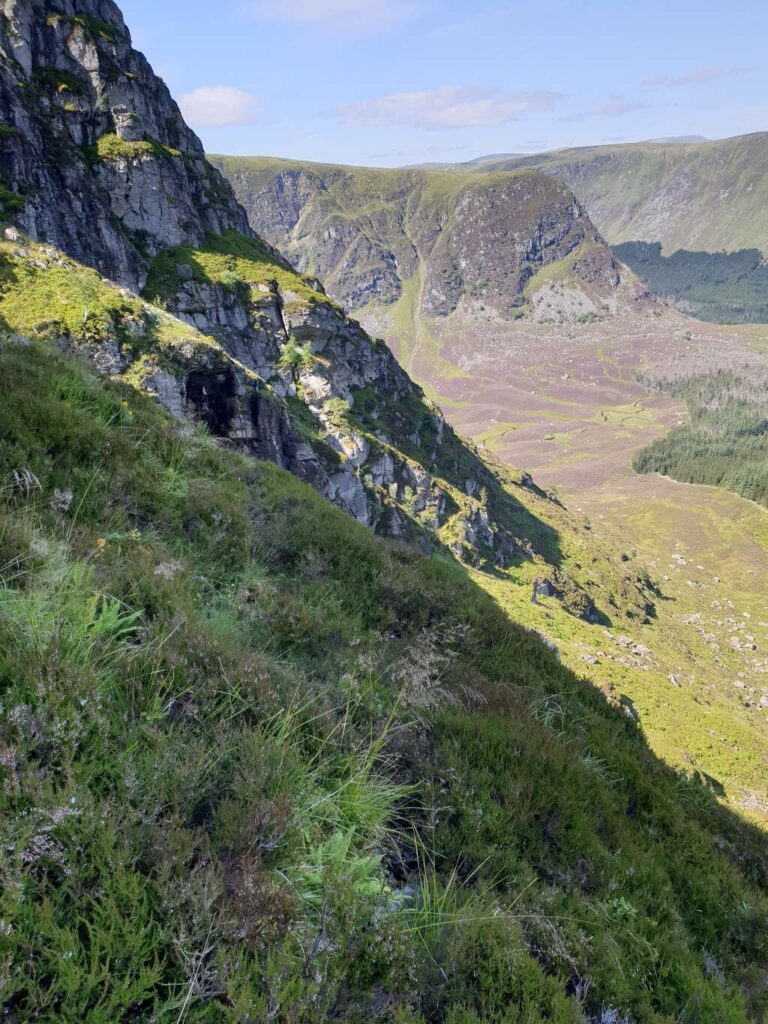
The moth’s situation shows how small changes in nature can have big effects. When too many deer and sheep eat the willow trees, the moths lose their only food source. This is exactly what’s happening in Scotland’s mountains.
Patrick Cook, who studies moths at Butterfly Conservation, searched the hills in all conditions. “When we first started looking for this moth, it was just because we wanted to see one,” he says. “But when we found that many of their willow trees had disappeared, it became a real mission to save them.”
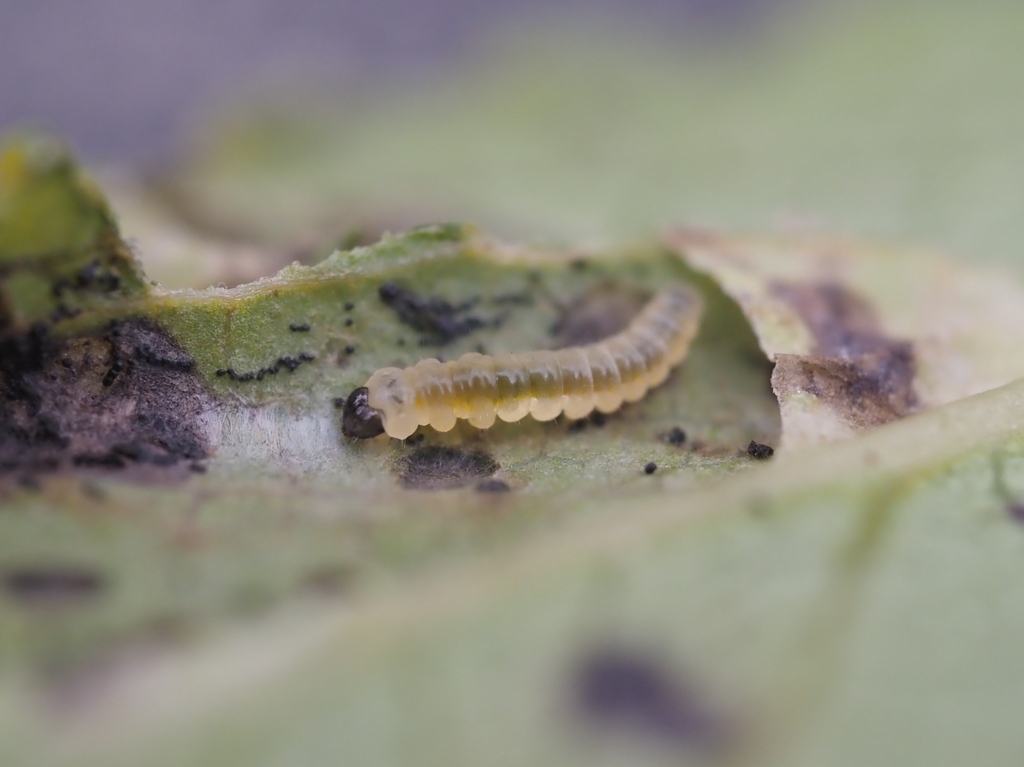
The Highland nymph has only ever lived in ten spots across three mountain valleys – Glen Callater, Glen Clova, and Glen Doll. Scientists first found it in Britain in 1983, but by March 2022, many of its willow trees had vanished.
Similar Posts
Sarah Watts, who studies mountain wildlife at the University of Stirling, explains why this matters: “We must restore mountain woodlands before it’s too late to save this moth and other rare species. This means we need to control the number of deer and sheep that eat the willow trees.”
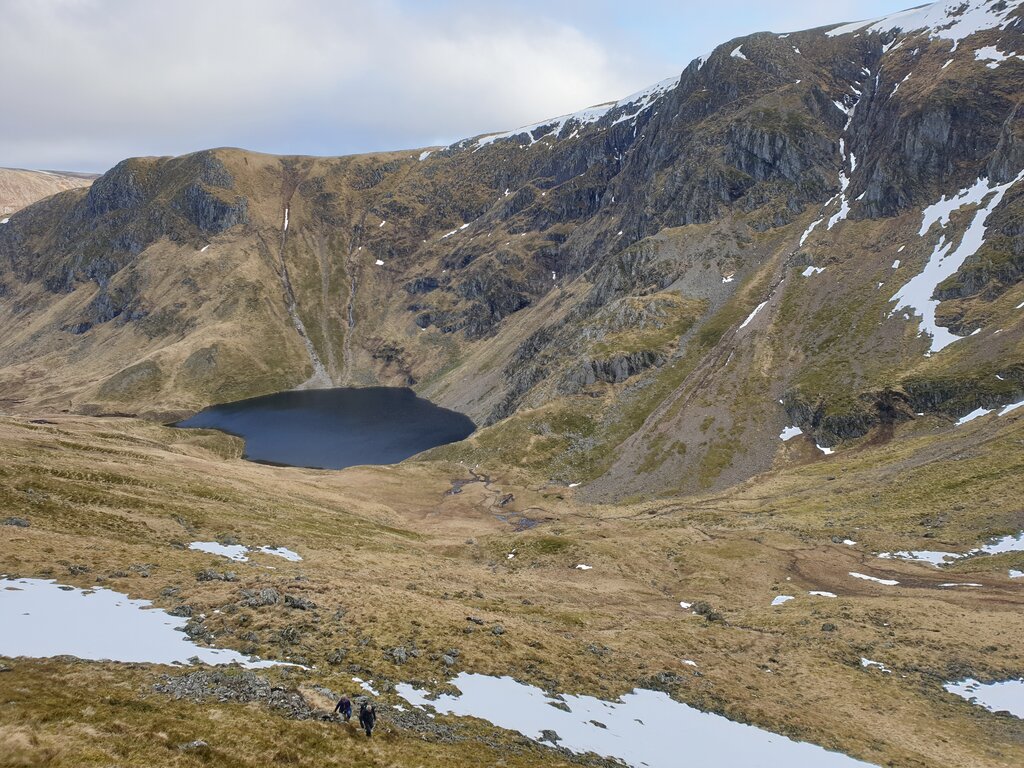
Scientists are now taking action in several ways. First, they’re planting more willow trees near where the moths still live. Second, they’re organizing a big search across Scotland’s mountains to look for more moths. They’ll even teach volunteers how to spot these tiny insects this spring.

“Finding more moths will be very difficult,” Cook admits. “But if we do find them, it gives us more time to protect them from disappearing forever from Britain.”
The story of this small moth tells us something bigger – when mountain willows disappear, it affects rare upland wildlife that depends on these habitats. By saving these moths, scientists hope to protect Scotland’s mountain woodlands and the species that live there.
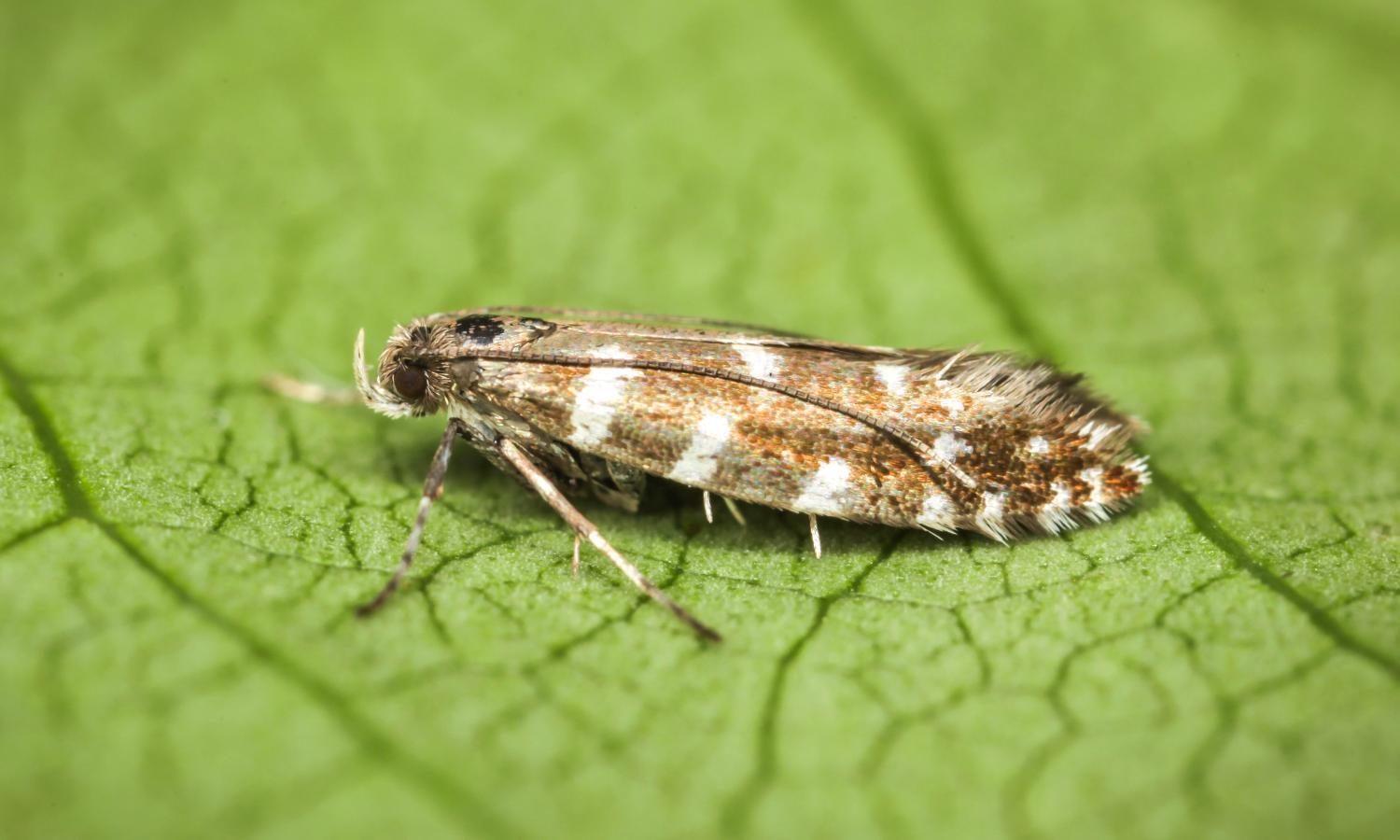


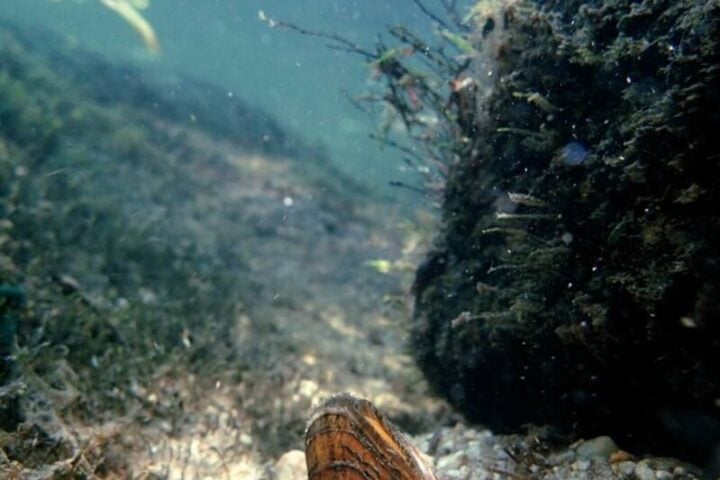


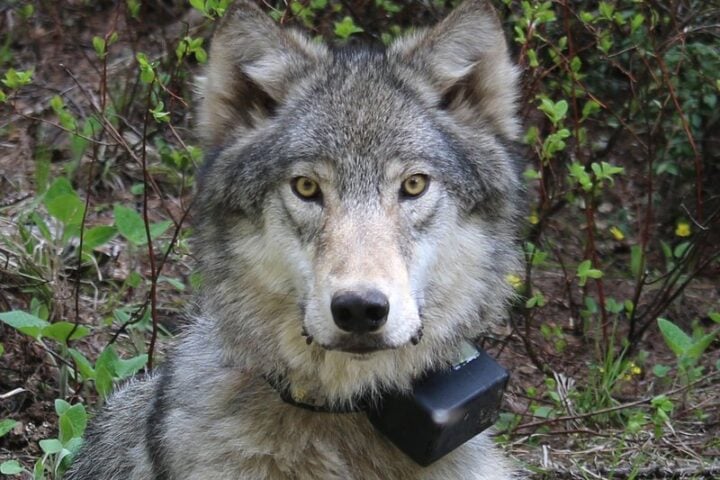

![Representative Image: European Starling [49/366]. Photo Source: Tim Sackton (CC BY-SA 2.0)](https://www.karmactive.com/wp-content/uploads/2025/04/Starlings-Drop-82-in-UK-Gardens-as-Birdwatch-2025-Reveals-Record-Low-Count-Since-1979-720x480.jpg)
